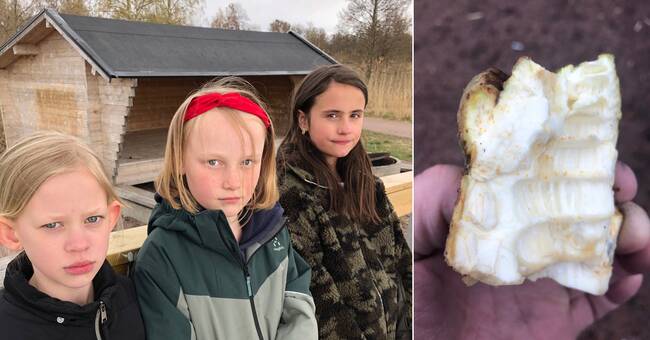It is unusual for the Poison Information Center to receive cases where people have ingested the poisonous plant.
When it blooms, it resembles large dog biscuits and it often grows in hard-to-reach places out in wetlands.
The few cases that come in usually concern cloven-hoofed animals that have been drinking at beach edges where the explosive herb grows.
There are no visible plants next to the windbreak at Fågelviken, but somehow the roots, which are the most poisonous part of the plant, had ended up in the reeds nearby.
It was on May 4 that the girls played at Fågelviken and found the herb in the reeds.
- We thought it looked and tasted like carrot, says Hedda pers.
The symptoms came quickly
Alicia Gallego Falk developed several of the classic symptoms of herbal poisoning: severe salivation, abdominal pain, vomiting and persistent cramps.
After a night in the emergency room with, among other things, drip, oxygen and lots of fluid, she recovered.
Also Wilma Hellkvist and Hedda Pers who got some symptoms.
On Friday, when SVT meets the girls, they feel better but are still shaken.
-In the future, you may think more about not eating anything out in nature.
If you want to eat, it is better to bring your own food, says Felicia Gallego Falk.

